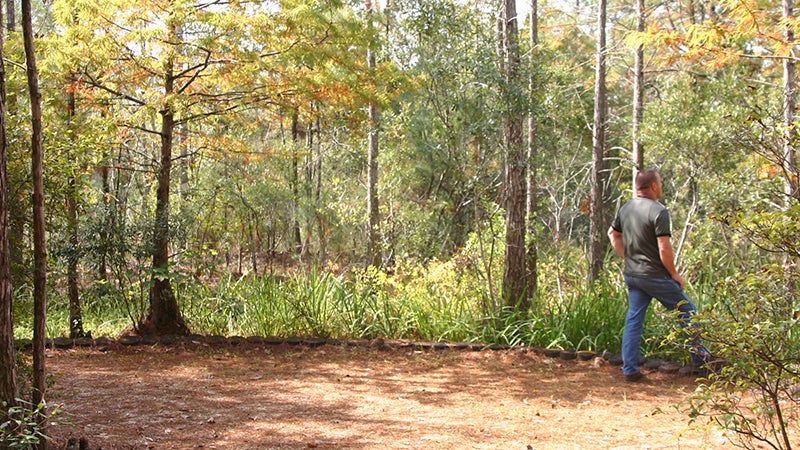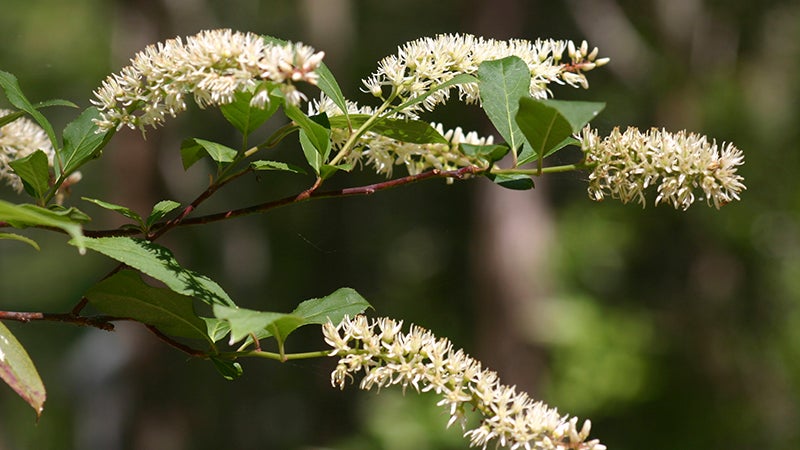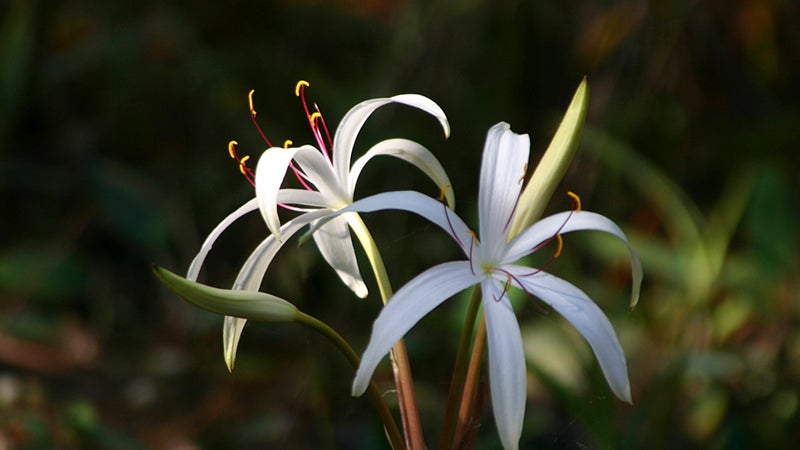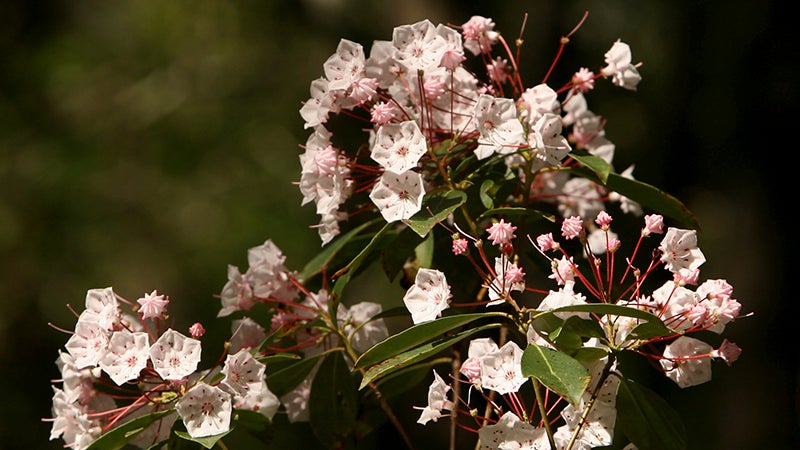Spring is here, and so are gardening projects
Published 7:00 am Wednesday, March 24, 2021
By Pat Drackett
Crosby Arboretum Director
In starting any project, it’s always best to begin with a good foundation, and knowing all about your soil is the key to success with gardening projects. Because there are plants that are happy in any soil condition, the challenge is for you to find them! Knowing the type of soil that occurs on your property is the first step to understanding your landscape project’s limitations and strengths.
Have you had your soil tested? Visit the MSU Extension website at http://extension.msstate.edu enter the keywords “soil testing” for information on soil testing, and the costs for the various types of testing available. Information Sheet 1294 provides directions for homeowners on collecting a soil sample. Call the Pearl River County Extension office at401 W. Lamar Street in Poplarville at (601) 403-2280 to pick up a soil test kit and receive further instruction on submitting a sample.
Whether your soil is primarily sand, clay or loam, compost is one of the best amendments you can add to garden beds. Many of us already tend a compost pile in a corner of the yard, with leaves, lawn clippings and other organic yard waste. Others just purchase bagged products such as composted cow manure. Whatever you do, organic amendments will not only improve your soil structure but slowly release nutrients, especially nitrogen.
When building garden beds, people wonder if it is necessary to add soil amendments. The answer is, “it depends.” First, decide what you want from your landscape beds. If you are adding garden beds filled with high-performing blooming annuals or perennials, or ornamental flowering shrubs or trees, you will probably need to make a substantial investment of labor and materials by incorporating fertilizer and soil amendments such as cow manure and peat to bring the plants to their full potential.
“Old-fashioned” species such as native honeysuckle azaleas, Grancy greybeard (native fringe tree), oakleaf hydrangea, Southern crabapple, mountain laurel and native Iris are native species always in high demand at the Arboretum’s plant sales. The attractive, low-care qualities of native species have contributed to their long history of garden use.
A huge amount of research-based information specific to Mississippi is available on the Smart Landscapes site (http://extension.msstate.edu/smartlandscapes). Two outstanding publications may be read or downloaded to guide you with spring landscape projects. See Publication No. 2698, “Home Landscape Design”, a guide through the process of creating a landscape plan and avoiding common landscape planning mistakes. Extension Publication No. 2402, “Establishing a Backyard Wildlife Habitat” is an informative handbook outlining basic needs of wildlife, and how you can provide them.
These informative, comprehensive publications are available on the Mississippi State Extension Service website at http://extension.msstate.edu/ and will provide expert guidance in selecting the appropriate plants for your spring landscape projects. Go to the MSU Extension home page and enter the keywords “selecting landscape shrubs” or “selecting landscape trees” to read or download these two research-based publications that are chock-full of information specific to Mississippi.
Do you have problem soils? At the Arboretum, you’ll find many examples of native trees and shrubs that will do well in wet or compacted soils, such as hollies, Virginia willow (Itea), red maple, wax myrtle, black gum and bald and pond cypress trees. Moisture-loving perennials such as American Crinum lily, Texas star hibiscus, cardinal flower and southern blue flag iris will provide attractive blooms in low-lying areas where typical ornamental species would not prosper.
The Extension website contains detailed information on Mississippi native plants, and about creating naturalistic landscape designs. For information on using native species in your landscape, enter these key words in the search field on the website or visit the Arboretum to ask about appropriate resources and tour the plants found in our exhibits.
Mark your calendar for March 27 at 1:00 p.m. to 2:15 for a Forest Botany Field Walk through the Arboretum, led by former MSU Extension Forestry specialist Dr. Glenn Hughes. Journey down the pathways in our Woodland Exhibit to see what is currently blooming in the forest. Discover plants that deserve more use in the landscape such as the handsome evergreen buckwheat tree, with sweet-scented white blossoms, suited to both full sun and shady understory. Learn to identify numerous woody species and tips for growing them in your own property. Registration is required. Cost is $4 for members and $6 for non-members.
If your membership has lapsed, you may renew (or join) online at our website at www.crosbyarboretum.msstate.edu. Members may enter the sale an hour earlier Friday and Saturday. We’re located at 370 Ridge Road in Picayune, at I-59 Exit 4, and open Wednesday through Sunday from 9:00 to 4:30.







